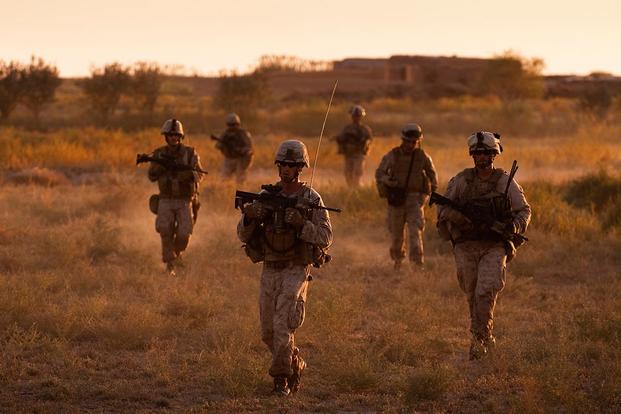The opinions expressed in this op-ed are those of the author and do not necessarily reflect the views of Military.com. If you would like to submit your own commentary, please send your article to opinions@military.com for consideration.
Generals are often accused of wanting to fight the last war. That is only partly true. The winning side in any war is likely to want to repeat its successes. The losers often look to new methods to avoid repeating the mistakes of the past, or conversely, they seek to avoid the type of conflict that caused the loss.
That was certainly true in the years between the two world wars. The winning French of World War I believed that the methodical battle doctrine that eventually won the conflict had staunched the accumulation of hundreds of thousands of unnecessary casualties earlier in the war. The losing Germans chose to innovate and make the maximum use of emerging technologies.
Following Vietnam, the losing Americans took both approaches. Our generals avoided guerrilla-type wars such as they faced in Indo-China and were determined to concentrate on the conventional threat posed by the Soviet Union and North Korea, as well as on combined arms use of emerging precision technologies. Conventional warfare concepts such as maneuver warfare and air-land battle were refined and appeared to pay off handsomely in Operation Desert Storm and early in Operation Iraqi Freedom in 2003. But you don't always get the war that you want.
I came on active duty with the Marine Corps as Vietnam wound down in 1971 and watched the transition from counterinsurgency to a more conventional approach unfold. The model Vietnamese village in the woods of Quantico, Virginia, was dismantled, and the counterinsurgency package had been drastically reduced from the late '60s when it was the centerpiece of the training curriculum. By the time I attended the Marine Corps War College in the 1990s, the counterinsurgency schooling had been reduced to a few hours of case studies on the French experience in Algeria and a hand wave at Vietnam. The army schools were much the same.
Consequently, as Iraq and Afghanistan degenerated into insurgencies, the military was again caught flat-footed. When the Marine Corps put together a course to prepare advisers for both countries, it had to go to the archives section of the university library to dig out course material. The Army was in much the same boat.
History appears to be repeating itself in the wake of the Afghanistan debacle. The services are again focusing on conventional conflict with peer competitors, and China will likely be the flavor of the month for years to come. No service has played the China card more aggressively than the Marine Corps. The current commandant, Gen. David Berger, has reoriented the Corps almost exclusively on China, with the Marines creating the maritime equivalent of a Maginot Line, positioning its forces to fire anti-ship missiles against an expected breakout of the Chinese Navy from the South China Sea. These small, distributed forces would presumably play "whack-a-mole" by moving anti-ship missile armed forces among the many islets in the South China Sea area by light amphibious craft and helicopter.
To afford these anti-ship systems, Gen. Berger has divested the Marine Corps of capabilities that were essential to making the Marines the nation's worldwide force-in-readiness. Tanks, heavy engineer equipment, about a third of assault infantry and many attack helicopter assets are gone, as well as much of its towed artillery and snipers at the battalion level.
The Marines war-gamed their new approach on the naval breakout scenario, which most analysts see as the least likely. The most likely conventional force scenario is a Chinese attack on Taiwan, with an attempt to limit the conflict to an exclusion zone around the Formosan area. The Marine Corps approach would be virtually useless in that event.
The most likely scenario for Chinese expansion outside the South China Sea is exactly what it is attempting today. The country is building influence among the poor states of Micronesia and Melanesia through investment in willing partners, such as the Solomon Islands, and undermining governments in South and Southeast Asia that lean heavily toward the U.S. and its regional allies. Those battles in the Gray Zone between economic/political competition and conventional war are the most likely scenarios by far.
The Marine Corps and, to a lesser extent, the Army are becoming both mentally and physically less ready to meet these challenges. The counterinsurgency expertise built up in Iraq and Afghanistan is rapidly eroding, and the military education establishments of all the services are also being allowed to atrophy. The Marine Corps has rid itself of exactly the knowledge and combat capabilities that would be needed to help friendly nations defeat a Chinese-inspired insurgency.
Our weakness in this area has probably not gone unnoticed by our friends in Beijing who will likely exploit it. They probably already are.
Gary Anderson retired as chief of staff of the Marine Corps Warfighting Lab. He later served as a special adviser to the deputy director of defense and was a senior civilian adviser in Iraq and Afghanistan.














